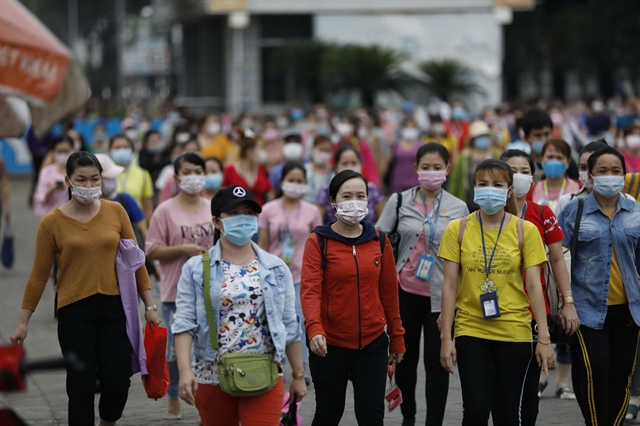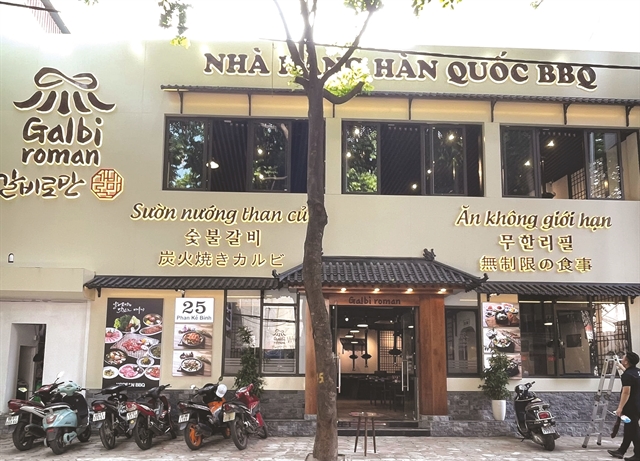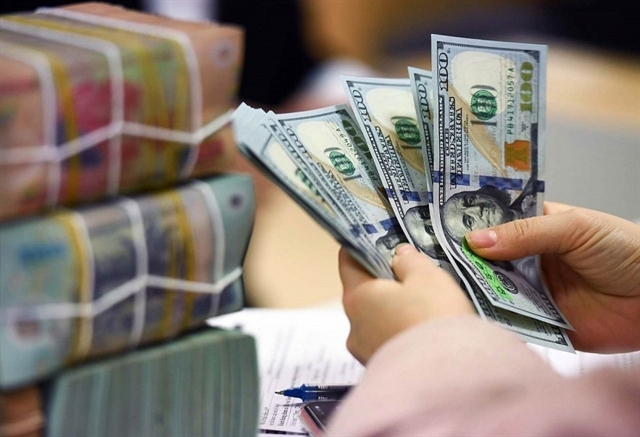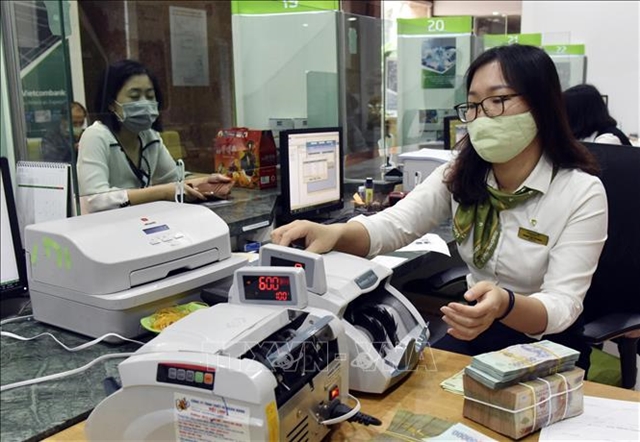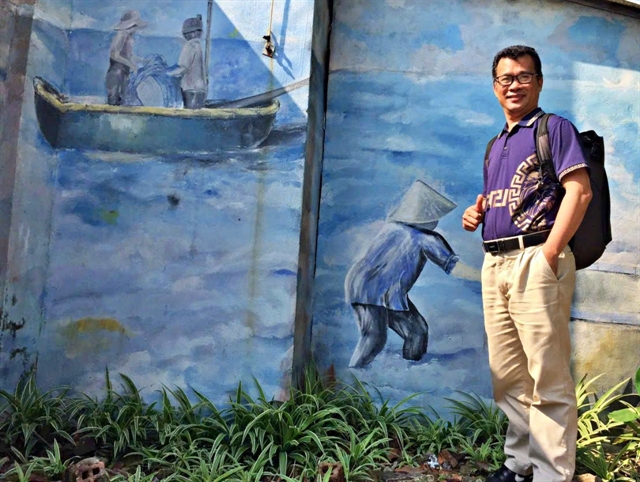 Economy
Economy
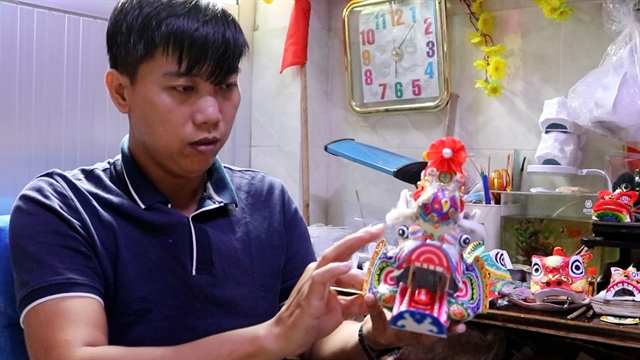
With its still huge untapped potential, the Vietnamese hospitality market has become a hot destination for many local and foreign investors. Việt Nam News reporters Thu Ngân and Vũ Hoa spoke with experts from consultancy and companies to ask about the potential of the market, foreign investment flows and how to develop it further.
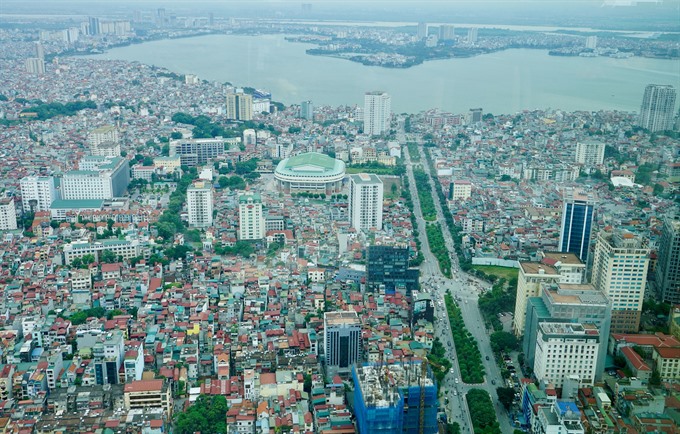 |
| A bird-eye view of Hà Nội capital city.— VNS Photo Thanh Hải |
Trang Võ, Vice President, Hotel Investment Sales, Jones Lang LaSalle (JLL)
 |
| Trang Võ, Vice President, Hotel Investment Sales, Jones Lang LaSalle (JLL) |
With a record 13 million international visitor arrivals in 2017 and a goal to welcome 20 million by 2020, Việt Nam is set to generate US$35 billion in revenues by the end of this decade, accounting for 10 per cent of GDP. It is thus no surprise that both local and foreign investors as well as international hotel operators are keen to enter and explore more opportunities in this high-growth market.
According to JLL consultancy, foreign hotel investors across the region have shown significant interest in Việt Nam over the past three years making the country one of the hottest markets for hotel investment in the Asia Pacific along with Australia and Japan.
This is attributed to the huge investment commitments made by both State and private stakeholders in infrastructure and transport linkages, visa exemption, introduction of new direct air routes, and improved marketing efforts.
JLL estimates that 118 hotels are going to be completed in 2022, adding 36,932 rooms to the existing 80,891 rooms in 748 hotels across Việt Nam as of 2018.
Over the past few years there has been an increasing number of international brand hotels opening in the nation, and we expect further diversification of hotel management companies and brands in the market. We have also witnessed local brands going past international hotel brands just like what we have seen happen [elsewhere] in the region. Local hotel brands catering to domestic travellers in the budget and mid-level segments are set to grow at a rapid pace nation-wide.
A wide range of international hotel brands in the upscale and luxury segment such as Accor, Marriott and IHG are well represented in HCM City and Hà Nội. Domestic brands in this segment are more prevalent in HCM City compared to Hà Nội, where a majority of locally operated hotels aim to cater to the mid- and low-priced segments. Đà Nẵng, together with Hội An and the surrounding scenic areas, is set to become a major resort destination with multiple projects underway.
Việt Nam is shedding its image as a destination tourists only visit once, with the food scene, cultural events, golf and casinos being just some of the reasons for repeat visits.
Recent news that Việt Nam is lifting the ban on locals gambling has stirred interest among international casino operators such as Las Vegas Sands and local conglomerates like Sun Group. The Government is allowing Vietnamese locals to gamble at two locations – the first in Vân Đồn and the other on Phú Quốc Island – as part of a three-year pilot scheme. A third site in Hồ Tràm is expected to be added to the list. Hotels across the country are rushing to install electronic gaming machines to boost revenues.
Việt Nam’s gastronomical offerings are proving a further attraction for repeat visitors, especially from Asia. The country is quickly becoming a ‘foodie’ destination with a vastly improving food and beverage scene.
JLL concludes that with continued marketing efforts, improvements to infrastructure and further development of human resources and services, the outlook for tourism and the accommodation sector is bright.
Đoàn Văn Bình, chairman of CEO Group
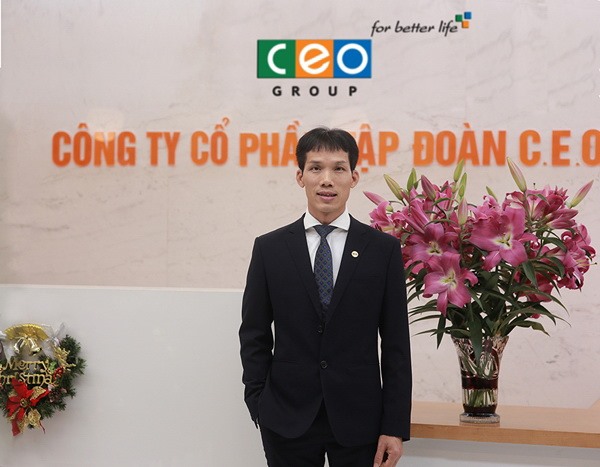 |
| Đoàn Văn Bình, chairman of CEO Group |
The country’s strong tourism growth is expected to fuel the imminent take-off of the hotel and resort property sector and make it appealing to both local and foreign investors.
The Vietnamese tourism sector has seen a big leap in recent years. After reaching 10 million international visitors in 2016, the country received nearly 13 million last year, catching up with Indonesia for the first time and only slightly trailing Singapore (17.4 million).
The number of domestic tourists rose from 72 million in 2016 to 86 million last year, a 19 per cent increase.
Last year Việt Nam recorded the sixth highest tourism growth rate in the world - 30 per cent.
Another key factor was the Politburo promulgating Resolution 08/NG-TW on making tourism a key economic sector and setting a target of 17-20 million international arrivals and 82 million domestic tourists by 2020. Total revenues from tourists are to reach US$35 billion, or 10 per cent of the GDP.
With its landscapes, cultural and historical attractions, Việt Nam can easily match Thailand’s 35 million international arrivals with appropriate solutions for the tourism sector, creating many jobs in the process, because robots cannot replace human smiles.
In the World Economic Forum (WEF)’s Tourism Competitiveness Index, Vietnam ranks high in terms of natural resources, cultural resources, human resources, security - safety and competitive prices.
Private businesses have also taken the lead in developing new tourism products, developing large amusement complexes, diversifying tourism products such as cable cars, casinos, golf courses, participating in airport construction, and buying aircraft to expand flight networks covering key international and domestic tourism markets.
However, tourism development in Việt Nam still lags behind many other countries in the region due to poor tourism infrastructure and products. Besides, tourism policies are not conducive to growth and promotion and marketing are not robust enough.
For instance, Việt Nam lacks products to create a destination like Singapore’s Marina Bay Sands, Disneyland and Universal theme parks or Formula One race course to attract tourists.
Besides, in terms of factors that could spur tourism development such as infrastructure, priority for tourism and an open market, the country is rated poorly by the WEF.
To accelerate tourism growth and make the country a tourism powerhouse, the Government needs to clear four bottlenecks.
Firstly, it should complete infrastructure to help connect localities, thus fostering tourism development. Airports should be built and upgraded in key tourism markets to meet the booming demand.
Secondly, the country should waive visas for foreign tourists. Practically speaking, countries with more than 20 million arrivals a year have visa waiver policies.
Thirdly, the country should improve quality of human resources. The Government should have policies to attract investment in training to provide high-quality human resources to the sector. The industry should be given 1-2 per cent of its total revenues for training.
Finally, there should be collaboration between the Government, businesses and people for tourism promotion. Countries that lead in attracting international tourists such as Thailand, Singapore and Malaysia have invested heavily in promotion in the international market. Việt Nam’s budget for tourism promotion is less than $2 million a year, while Malaysia’s is $69 million, Singapore’s is $80 million and Thailand’s is $105 million.
If it has good infrastructure, visa waiver, high quality human resources, and promotion together with tourism products, Việt Nam could become a global tourism powerhouse, and the sector could contribute hundreds of billions of dollars to its GDP.
Philip Beriman, General Manager of InterContinental Nha Trang
 |
| Philip Beriman, General Manager of InterContinental Nha Trang |
The hotel and resort sector in Việt Nam has experienced explosive growth in the last three to five years.
The Government has indicated its objective to make tourism a leading economic sector in 2017 and launched the pilot electronic visa system for foreign tourists from 40 countries in early 2017 in addition to improving infrastructure and expanding flight routes, all of which have helped increase demand, boosting tourism property development.
The hospitality industry in Việt Nam is looking promising with many foreign investors intending to enter the market. The performance of the accommodation industry and the food and beverage industry is impressive. Moreover, Việt Nam still has further untapped potential in the resort market segment which will continue to interest investors and management companies.
The country is now ranked one of the fastest growing luxury markets and hospitality is the most developed luxury sector in Việt Nam.
With many high-end projects in the pipeline, the accommodation industry is expected to continue growing healthily.
The food and beverage industry is expected to continue growing, offering a myriad of opportunities for foreign investors.
In an increasingly competitive environment developers are seeking new ideas to continually differentiate in their planning stages. Việt Nam lacks product variety compared to more mature tourist destinations like Thailand and Bali. Wellness resorts, spa destination resorts, senior living communities, design and art boutique resorts, high-tech hotels, selected services hotels are examples of products not in the local market but which have a strongly growing global demand.
The rapid growth as a tourism destination should place it on the investor radar as a key hospitality investment destination. Beyond that the Government could be investing more in tourism marketing and promotion.
In order to attract more investors Việt Nam may also need to simplify and streamline policies to be more appealing to a wider range of investors. Sometimes an onerous amount of paperwork can be off-putting and actually deter potential investment.
Additionally, more funds could be directed to tourism infrastructure, which then has the potential to place more destinations in Việt Nam on the international platform. These may include new highways, metro systems and new airports.
Mauro Gasparotti, Director, Savills Hotels Asia Pacific
 |
| Mauro Gasparotti, Director, Savills Hotels Asia Pacific |
Tourism in Việt Nam continues to be a promising source of income for the country, with growing demand for accommodation and services coming from both local and international travelers and with several new high-quality projects in the pipeline or recently completed.
The country has, for years, been seen as the frontier destination for seasoned travellers looking for a cultural experience, but has now started to be recognised as an international holiday destination, able to offer more accommodation and entertainment options across the budget spectrum.
The last few years have seen robust real estate development activity and we are beginning to see the implications in terms of new supply. Competition is intensifying across all the segments, especially in the upscale market.
We expect to see higher pressure on rates at the resort destinations as more properties will compete for the same market. In urban destinations, the situation is different: there is limited new supply which results in less pressure on rates.
Overall, there is a lack of product diversification and developers tend to replicate what already exists, instead of making an effort to embrace new concepts. The hospitality industry is changing fast and many opportunities are opening for developers not only to plan for today’s room demand but also for future new categories of guests.
The global hospitality market has been boosted by global megatrends, globalisation, cheaper transportation, easier visa access, technologies, and what we call “global citizens”. This creates plenty of opportunities for hospitality developers to capture growth and develop products to embrace the global trends. Việt Nam is in the middle of this revolution with incredible growth, a younger population and international attention as a safe destination with a vibrant culture.
Besides HCM City and Hà Nội, destinations such as Đà Nẵng, Nha Trang, Phú Quốc are now becoming a primary focus for local developers and foreign investors. These destinations, supported by international airports, have shown that hospitality can deliver superior returns if a project is well planned and properly executed.
Less developed destinations in Việt Nam such as Hồ Tràm, Phú Yên, Quy Nhơn, Sapa, and Quảng Bình are interesting investment propositions for developers looking for extra returns with high potential for land appreciation. However, investors need to be willing to take extra risks because of the early development stages of the destinations and be prepared for longer payback periods.
HCM City and Hà Nội will have limited new supply entering the market in the next few years while demand is steadily increasing. Developers should consider hotel developments with potential for higher yields and diversify their real estate portfolios.
Việt Nam is currently an attractive market for both domestic and foreign investors considering its improved infrastructure, strong arrivals growth and track record of foreign investors. A wave of new supply along with the arrival of international brands has also come as a boost to foreign investors’ confidence in the hospitality sector.
That said, M&A activity remains limited and there are far more potential buyers than hospitality assets available for acquisition in the market. Strong economic growth together with travel and tourism trends will pave the way for an extended cycle of hotel developments.
Atilla Mesut Erda, Chief Operating Officer, Fusion Resorts
 |
| Atilla Mesut Erda, Chief Operating Officer, Fusion Resorts |

